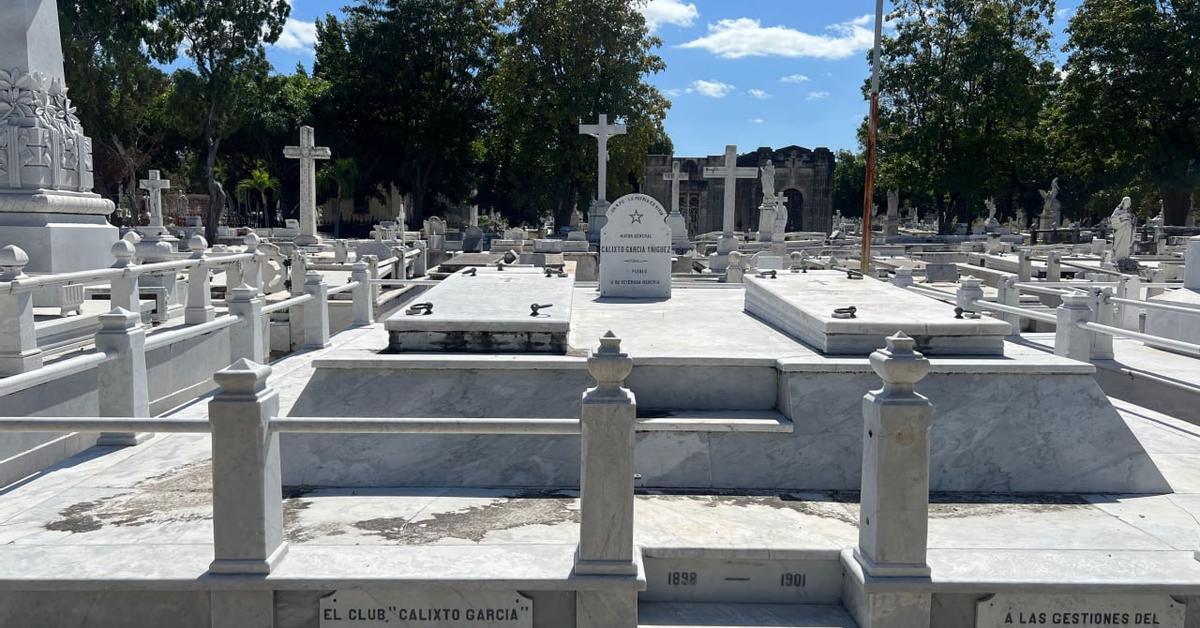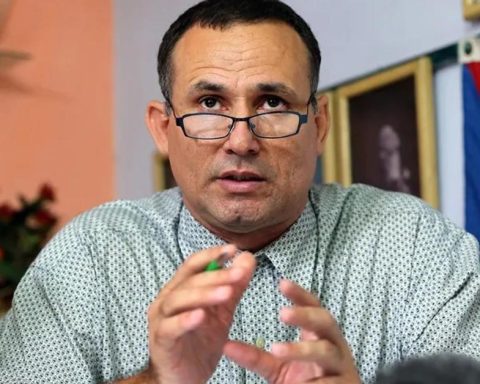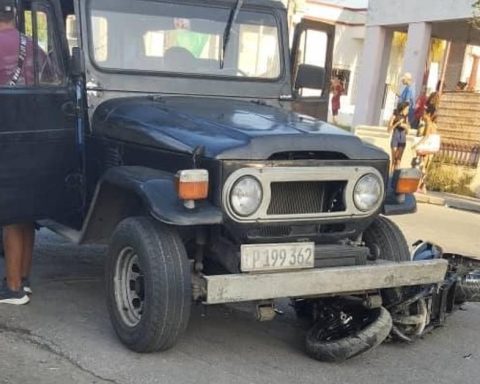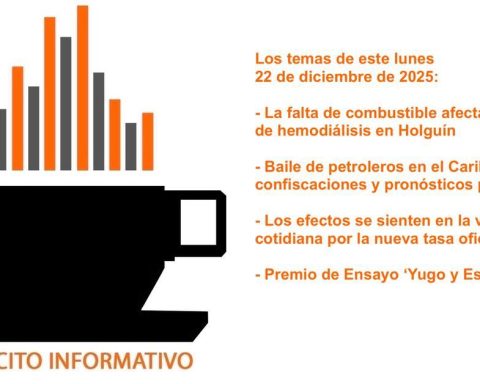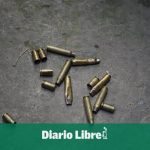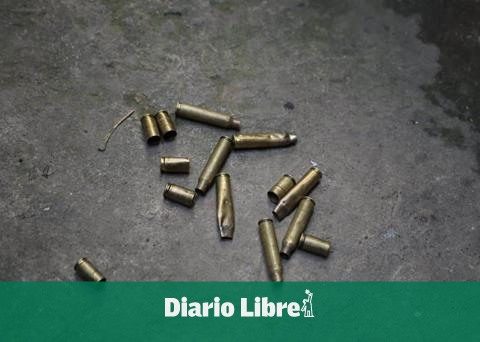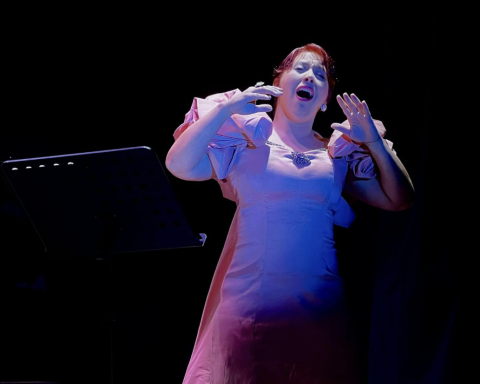Havana/Cutting the way, taking for the shadow and cutting distances becomes vital in the city of Havana, where most of its inhabitants have decades without trusting public transport. The Columbus cemetery, located in the middle of El Vedado, has been one of those routes to connect quickly and through a pleasant route two points of the geography of the Cuban capital.
For the residents of the nearby neighborhood of Timba, crossing the cemetery was also a way to escape the narrows of their homes, expanding the eyes beyond the poor walls of a neighborhood as economically depressed as close to the Plaza de la Revolución. But the journey between marble mausoleums and profusely decorated crypts is no longer like.
The great gate that gives to Colón Street, one of the most important accesses of the necropolis and located in its southern part, has barely open one of the leaves of its imposing iron door. Although the main entrance has always been the most photographed, this that connects with an area of houses made more urgent than architectural notions is the most popular. It circulates almost everything that comes out illegally of the cemetery.
/ 14ymedio
Through the south door they move from the bone remains that will end in some ritual of Palo Monte, to the tombstones looted from the ossuaries, the bronze handles torn to the graves and the pieces of carrara marble that once decorated many pantheons and that now are part of the access step to some house in the area, of the ornament in the garden of certain new rich or the reinforce or a battered fan.
It is also towards that part of the cemetery where artisans who continue to make granite their form of livelihood live. They sell tombstones, vases, gardeners and all kinds of accessories that, most likely, will end up being stolen and return on the tomb of another deceased or in the courtyard of a Havana house. If marble ever worked, decades ago these chisel teachers have had to settle for other less colorful stones.
One of the best kept secrets in the world of funeral ornaments is that there are ornaments dedicated to the dead who have changed several times. The polishing of the surface can erase the illustrious surnames of a nineteenth -century aristocrat and give way to Pedro Martínez or Yosvani López. Then, this wake will also be looted, polishing and renamed again. The cycle of life and death that does not cease.
/ 14ymedio
There are tombs, yes, they are more difficult to loot. Their imposing structures and some official surveillance that looms over them makes them more arduous to depred. If they are located in the main streets, which form a cross and have just at their point of union the plump chapel, they are more protected. There are buried most of the famous names that the historians of the necropolis celebrate.
The funeral set where firefighters who died in a fire in 1890 in Old Havana are one of the examples of when the prey cannot climb up to ten meters high of the monument, born of the ingenuity of the architect Julio Martínez Zapata and the sculptor Agustín Querol Subirats. In addition to some detail that is missing in the access fence, the shadows that at night start a chain around here, a piece of ornamental fence there or a piece of pink granite Acullá have not been able to start with the sepulcher.
The pantheon of Catalina Lasa and Juan Pedro Baró has not run so much luck, looted on successive occasions, the most recent on the occasion of a reparation executed by the historian’s office that became a Deep plunder of his treasures. Although the majestic gate, which designed the René Lalique house in Paris and was presented at the Decorative Arts Hall of the French capital in 1925, is still standing, you just have to look at the gap left by the colored crystals in the rear to check the damage inside.
/ 14ymedio
To the pantheons of the Havana cemetery something similar has happened to the houses. The deep crisis that is going through the island He has devalued Not only the square meter of the homes in the real estate market but also has clear the prices of a space in the “cast upside down” such as, with sneer, the Havanaos call it. A pantheon that cost $ 5,000 a decade, is now sold in the middle.
“I sell a pantheon with two vaults and capacity for four burials, no more reduce,” emphasizes an advertisement in the social networks that accompanies the insistent classified with the photo of a tomb without ornaments and with the marble stained by the years and the lack of cleanliness. Most likely, the money resulting from the operation is used to emigrate. The death that signs the life, the immobility of the deceased that gives wings to those who leave the island. The dead to the hole and the living to the plane, the saying could be rewritten.
/ 14ymedio
Thus happens with almost every detail of the main Havana necropolis. Everything that can be used to improve the existence of those who still breathe will be used. Each object that becomes money, comfort or simple gift for the view will be stolen. Nor the illustrious dead of a recent past are saved. The robbery reports of bouquets of flowers and accessories also reach the tombs of the singers The Taiger and Paulito FG buried in the last year in the necropolis.
Each inhumation of a famous unleashes the curiosity of those who cross the cemetery frequently and enlivens the greed of the looters. Roses taken from a pantheon or a polished tombstone and chisel make the difference if it is treated.
